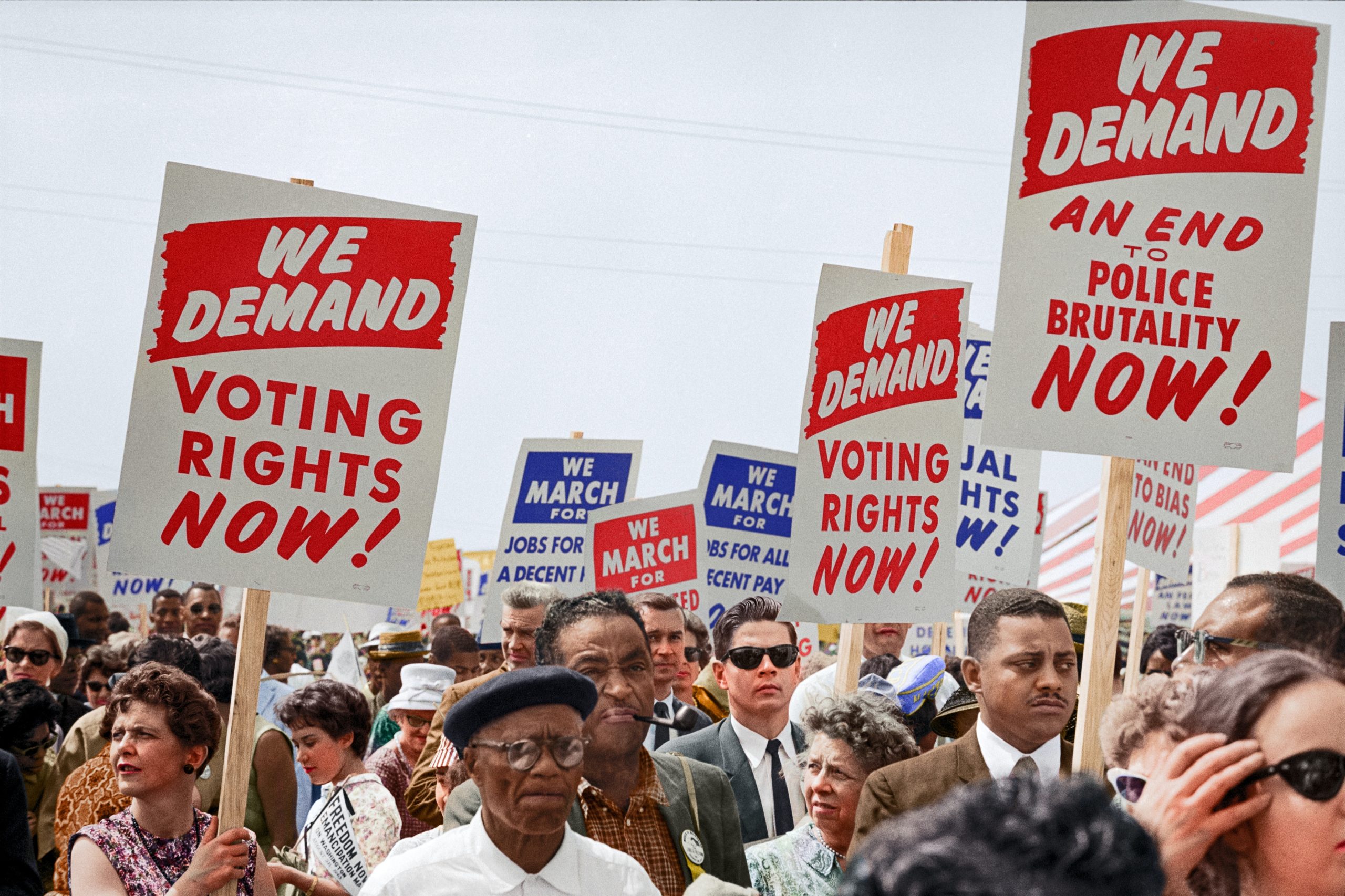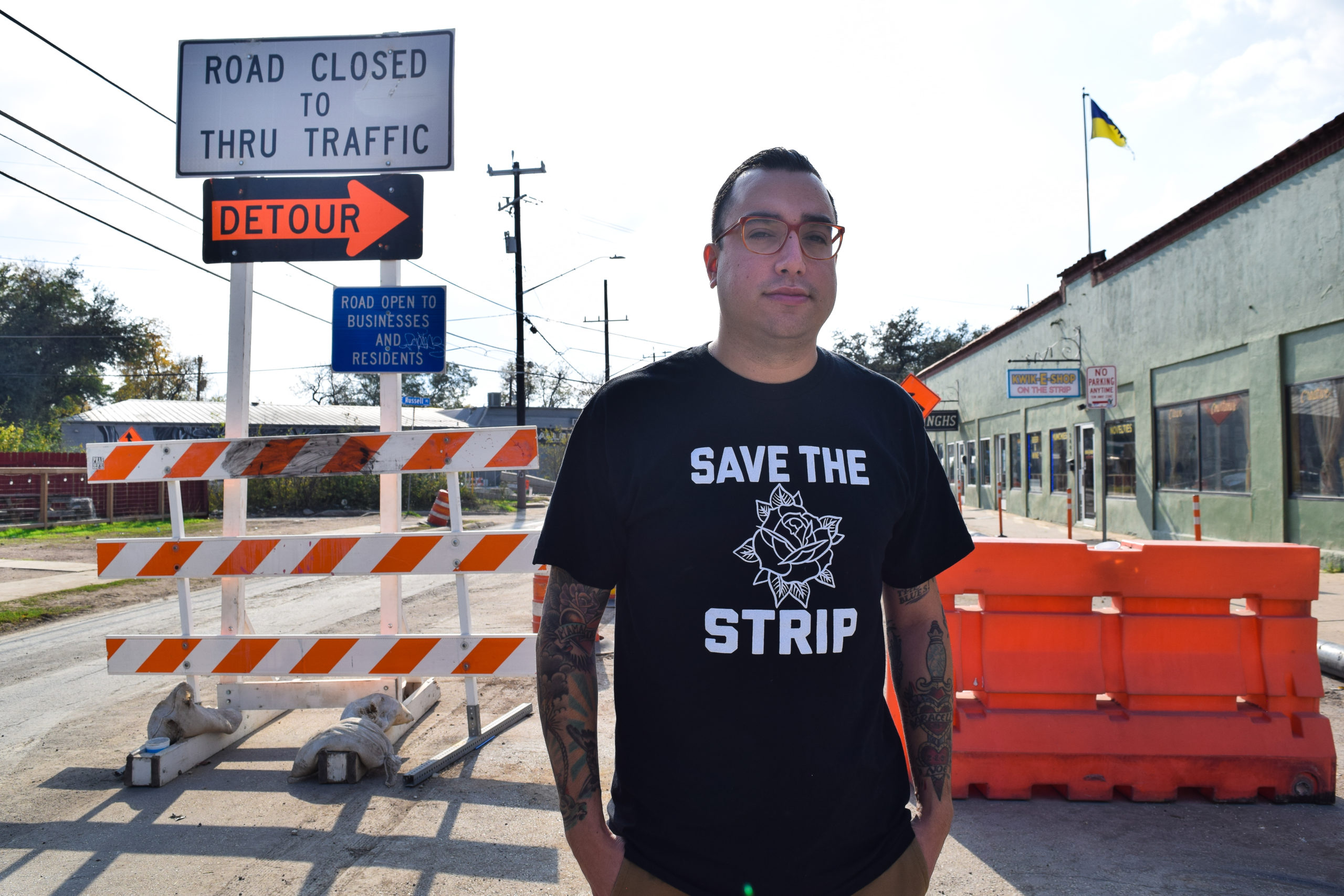With the election approaching, pleas to vote are surfacing from organizations, brands, businesses and corporations around the country. Flocks of people have turned out at the polls in hopes of getting out the vote for the 2020 Presidential Elections.
In Texas, more than 7 Million Texans have voted early in the 2020 Presidential Election, surpassing more than half (87%) of votes casted in Texas during the 2016 elections. Texas has potential to be a swing-state in this year’s election with more voters turning out to the polls, creating records, with 9.7 Million Texans (57% of registered voters) voting early.
Voting has become a non-partisan conversation with an emphasis on not who to vote for exactly, but rather to be civically engaged. Phrases like, “Your Vote Matters,” “Make your voice heard,” and hints of systemic racism statistics accompanied by insinuations about the current state of social justice issues.
Efforts to suppress votes are adding on by number as each hour counts down to the election. San Antonio FBI are investigating after the Biden-Kamala campaign tour was cancelled the last weekend in October, after the campaign bus was surrounded by Trump supporters. Additionally, the Harris County Democratic office was vandalized after a federal judge rejected a request by Republican candidates to throw out 127,000 votes cast at drive-thru polling sites in the largely Democratic county.
Something is to be said about the turn out of youth voting numbers. According to the Center for Information and Research on Civic Learning and Engagement, more than 700,000 Texans, younger than age 30, have voted early in the 2020 elections.
In a study done by CIRCLE titled ‘2018 youth turnout estimates for an initial batch of 17 states’ , young voter turnout numbers from 2018 have tripled compared to that of the 2014 elections, but also played a significant role in the 2018 election.
The analysis done by CIRCLE shows that out of the 34 states surveyed, youth voting increased per state, in 32 of the 34 states the youth turnout increased by 7% and 10% – including Texas.
This research says many things but among the many are the messages not only pushed out by organizations, but the youth themselves. Vote – bottomline.
“These findings—including double-digit percentage point increases in turnout in many states—confirm the power of the youth vote in the 2018 midterms…We believe that outreach by campaigns, and especially by peers in youth-centered and youth-led movements, contributed to this nationwide phenomenon.” Said Kei Kawashima-Ginsberg, CIRCLE director.
This emphasis is important though, informing the vote rather than asserting it seems to be pushing out the future of the nation to the polls. Leading the horse to the water, rather than making it drink.
“ These findings should encourage a wide range of stakeholders – political parties, candidates, educators, and youth-serving organizations – to undertake the ongoing work necessary to sustain and build on this momentous year.”
Kawashima-Ginsburg’s commentary is spot on – the data is hard to ignore. The 2020 elections have presented a different playing field. This is the first time a presidential election has occurred in the midst of a Global Pandemic, and this will be crucial to the ideas of voting in the future.
Mail your ballots in. Cast your vote to the polls. The future of youth-voting depends on it.







